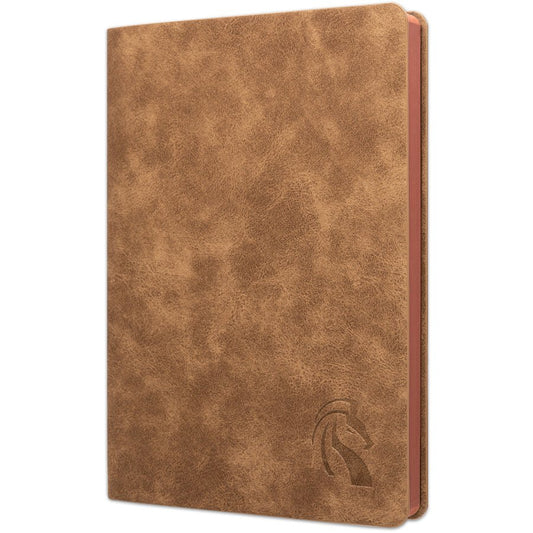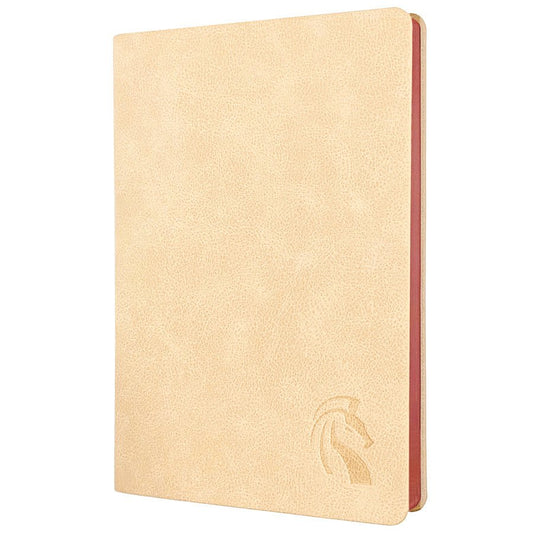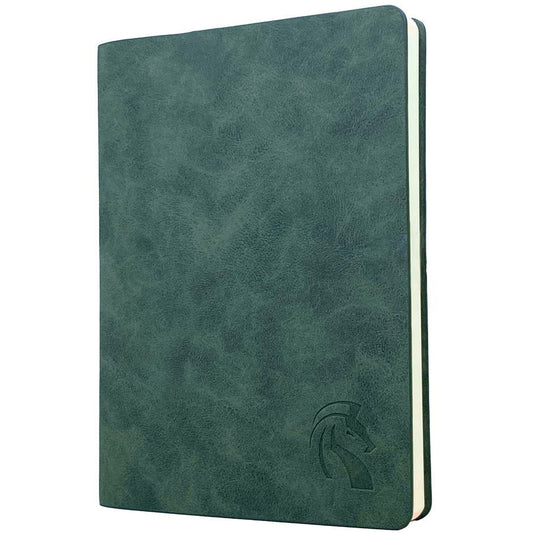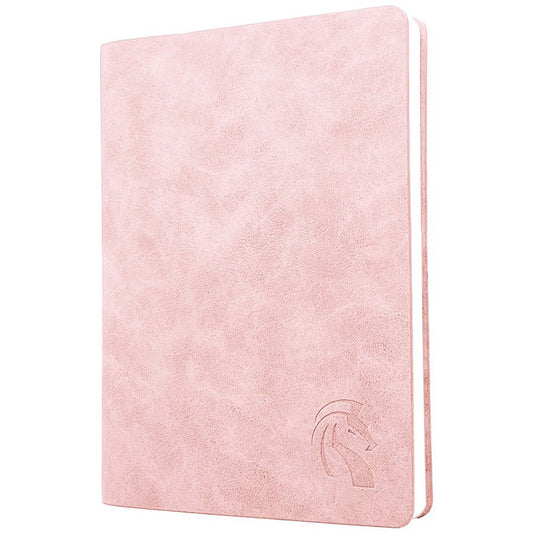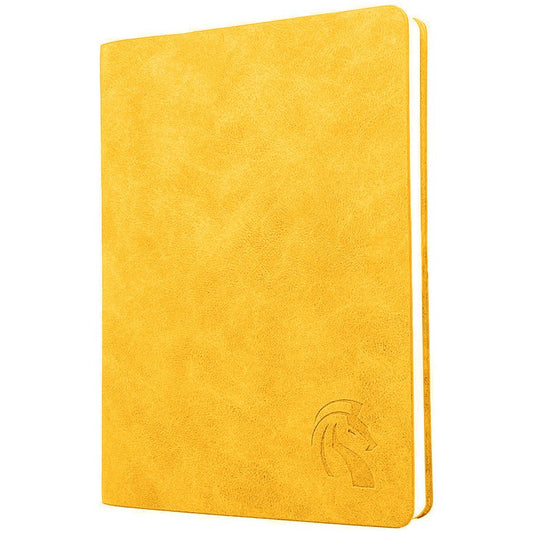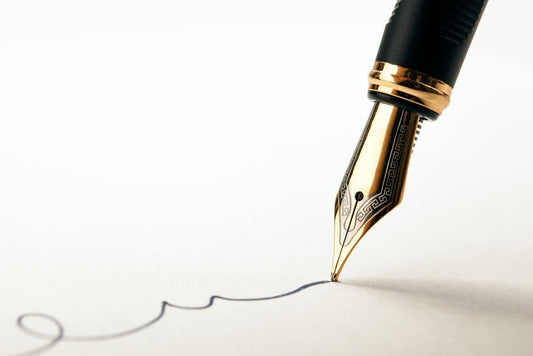
The majority of people, when they conceive of someone becoming poisoned by ink, picture them drinking ink from a pen. If you’ve consumed ink — for instance, by chewing on the end of a pen and getting ink in your mouth — you don’t need to be very concerned.
According to a statement by the World Health Organization (WHO), “ball-point pens, felt-tip pens, and fountain pens contain so little ink that there is not enough to cause poisoning if it is sucked from a pen. Some inks may induce pain in the mouth. It is possible that ingesting large amounts of ink directly from the bottle could cause irritation, although no cases of serious poisoning have been reported.
Do fountain pens bleed through paper?

If you accidentally ingested ink, the World Health Organization recommends flushing your system with water and says there is no need to take any more action.
Ink poisoning symptoms
Ink from pens, markers, highlighters, etc., is regarded minimally hazardous and in such a little quantity that it’s typically not a poisoning worry.
Symptoms are often a discolored skin or tongue and, although unlikely, slight stomach distress.
Because of the amount of ink in printer cartridges and stamp pads, seek medical assistance if the ink from one of these sources has been consumed.

Toxic effects from ink left on the skin
Drawing with ink on your skin won't make you sick with ink poisoning. Ink may briefly stain your skin, but it will not poison you.
Poisoning from ink in your eye
In contrast to skin, the eyes are more likely to experience irritation when in contact with ink. If you think you may have gotten ink in your eye, try flushing the affected eye with cool water until the pain subsides.
Even while there is a possibility that the white part of your eye will become discolored briefly due to the ink, it is quite improbable that this will lead to any permanent or long-term difficulties. Seek medical attention if the discomfort persists or if you experience a blurring of your eyesight.
Tattoos and the risk of ink poisoning
A survey conducted in 2015 with 2,225 adults in the United States found that 29 percent of adults in the country have at least one tattoo, and of those people, 69 percent have 2 or more tattoos.

When getting a tattoo, not only should you be on the alert for unclean methods and equipment that has not been sanitized, but you should also be concerned about the ink itself, according to the Food and Drug Administration (FDA) of the United States of America (Trusted Source).
Infections may be the result of getting a tattoo with tainted ink or color, which may contain mold or bacteria.
The Food and Drug Administration classifies tattoo ink as a cosmetic product. There are no pigments (ingredients that impart color) that have been granted permission by the FDA for injection into the skin for the purpose of aesthetic enhancement.
Tattoo allergic reaction and infection
After having a tattoo you might notice a rash in the area. It could be an allergic reaction or an infection.
Symptoms of an aggressive illness could include things like the following:
high temperature accompanied by sweating and shaking
Antibiotics are the standard treatment for an infected tattoo, but the patient may also need to be hospitalized or undergo surgery.

What should you do if you get an allergic response to the ink used in a tattoo?
The first thing you should do is make an appointment to see a physician so that he or she can diagnose and treat you. Depending on the diagnosis, it may be possible to tell whether the reaction was caused by the ink itself or by some other factor, such as an unclean application.
The next thing you should do is have a conversation with the tattoo artist for two reasons:
It's possible that your doctor will need specific information about the ink, such as the color, the brand, and the batch number.
Your tattoo artist will want to determine the ink's name in order to prevent it from being reused.
Talk to your doctor about reporting the incident to the FDA, so safety information can be updated and distributed.
Takeaway
It is difficult to be exposed to huge amounts of the ink that is used in pens and markers because it is only considered to have a low level of toxicity. Thus, the likelihood that you’ll acquire ink poisoning by eating ink from a pen or getting some on your skin or in your eye is slight.
More than the ink itself, the safety procedures and hygiene of the tattoo artist and shop are the most important factors in determining whether or not a person may become poisoned by tattoo ink.

LeStallion PU Leather Journals
LeStallion Soft Cover PU Leather Journals inspires and excites you to write more, allow you to further grow and develop, so you may achieve your goals and dreams!
SHOP LESTALLION

